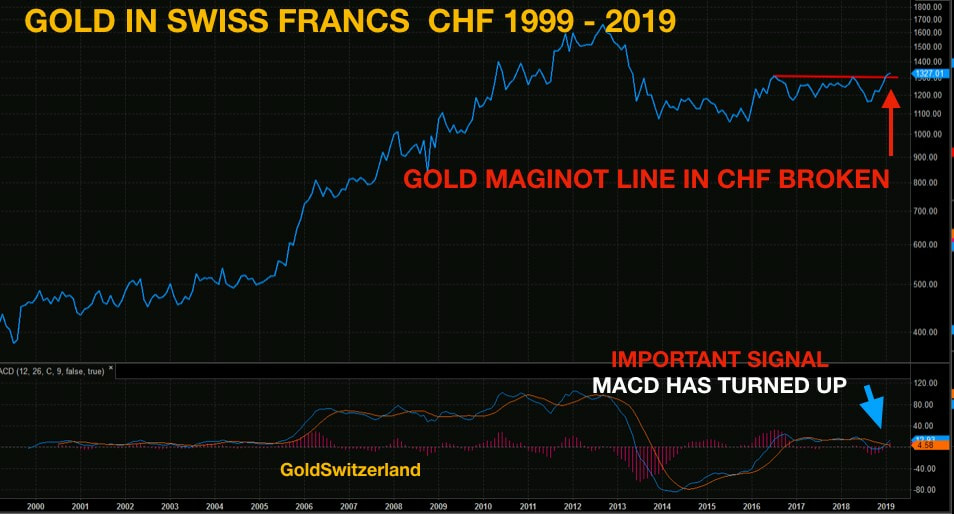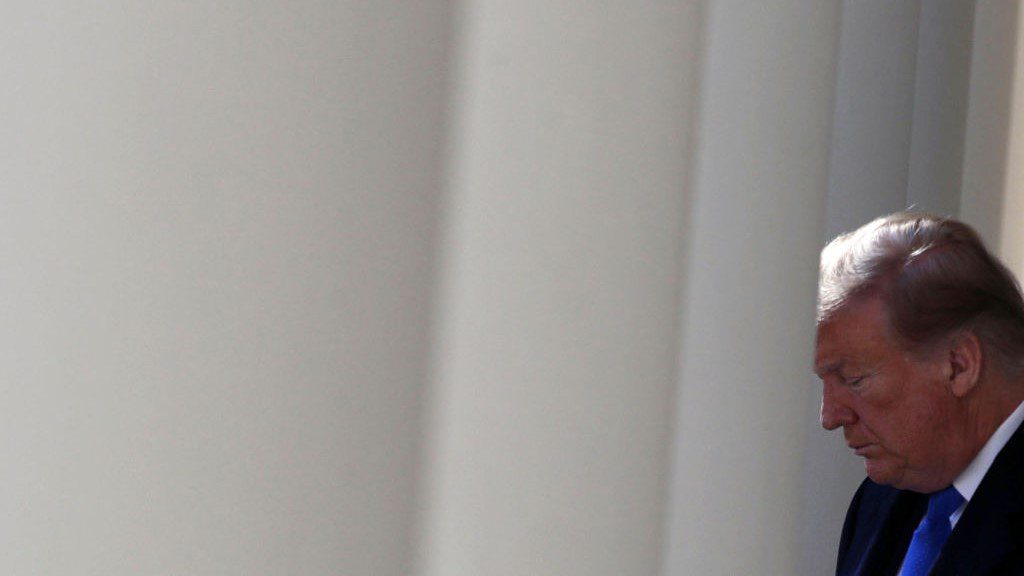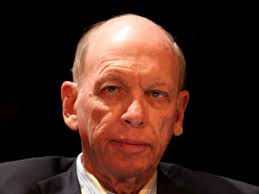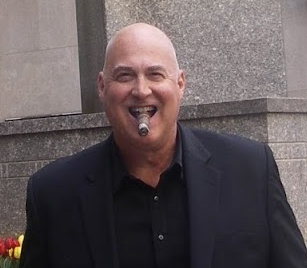Is a total collapse of the financial system next or will we see the globalists taking control of the world? Either way, the world is now at one of the most critical crossroads ever in history. Shakespeare expressed it eloquently in Julius Caesar:
There is a tide in the affairs of men.
Which, taken at the flood, leads on to fortune;
Omitted, all the voyage of their life
Is bound in shallows and in miseries.
On such a full sea are we now afloat,
And we must take the current when it serves,
Or lose our ventures.
THE NOT SO BRIGHT FUTURE FOR THE WORLD
One of the brightest minds in finance, R.E. McMaster, has summarised the global situation as follows:
“The globalist New World Order could fall apart. First of all, all of the world’s governments today are socialist, a guarantee of failure.
- Moreover, debt globally has reached a tipping point (by 2022 at the latest). (A root meaning of the word “debt” is “death”.)
- Social Credit Red China could implode from all its excessive reckless debt and imperialistic over-extension.
- The un-elected elitist EU is already coming part with Italy, France, the UK, Poland and Hungary in revolt.
- The US Empire is self-destructing from military overstretch, bloated debt at all levels, and spoiled, childlike, take-offense-at-everything selfishness by identity groups and welfare recipients squabbling over the loot taken from productive citizens by the government, while billionaire oligarchic-run corporations pick them apart.
- Plus, nearly all governments are equally destructive cultural Marxist.
- Then there is the instability of the earth’s magnetic poles, its fast weakening magnetic field, the increasing numbers and intensity of volcanic eruptions and earthquakes, plus solar instability, not to mention expensive and increasingly scarce energy.
- The risk of an internet shutdown.
- The risk of a population-exterminating epidemic (likely a virus, man-made), and the risk of a destructive global nuclear war.
- Mankind today, at least the mad narcissistic sociopathic and psychopathic Luciferian rulers, seem to have a comprehensive death wish. …”
It is possible that the elite is working hard on their globalist agenda to assume control of the world. If they achieve what they have set out, life on earth will be extremely unpleasant to say the least. Also, there will be nowhere to escape.
A DISORDERLY RESET NEXTBut even the best plans can go badly wrong. The most likely spanner in the works for the elite will be a total collapse of the financial system. This would involve first a final round of money printing creating hyperinflation in most Western countries as well as in emerging markets. But this will have no effect as the world discovers that worthless pieces of paper or computer entries cannot create eternal prosperity.
After a brief hyperinflationary phase, we will see an implosion of the financial system when global debt and liabilities of at least $2 quadrillion currently, disappears into a black hole. As the debt implodes, so will all the bubble assets financed by the debt, including stocks, property and bonds.
So the world is not in the position to take the flood that leads to fortune. Sadly whatever current the world takes will lead to miseries. We are now in a LOSE – LOSE situation and it will be a question of the least painful outcome.
Since the world cannot choose which way to go, we must look at the most likely option. Personally I believe that a collapse of the financial system and the world economy is more likely than globalist control of the world. You could argue that the globalists will orchestrate the collapse and take advantage of the anarchy which will arise to take control. But I think that the coming disorderly reset of the world economy will be impossible to control by any individuals, state or military power.
A GLOBAL FIRE IS REQUIREDSo the coming years and decades will be horrific which ever path the world takes. A reset is totally necessary for the world to start the next growth phase. We need a global fire that burns the current system down to the ground. Only from that position can we get strong green shoots that will form the foundation for a healthy growth of the new world economy.
Michael Snyder recently wrote an article about life in Major Wester Cities called:
“Rats, Public Defecation And Open Drug Use:
Our Major Western Cities Are Becoming Uninhabitable Hellholes”
The advantage with the fire is that it will also destroy the decadence as well as the false values and false morals which have become rampant in the last few decades.
The suffering that we, our children and grandchildren will go through during this period of transition will be horrendous but sadly it will be necessary in order to give the world a chance to eventually take the right current.
DEUS EX MACHINA – THE ONLY SOLUTION?It is with no pleasure I discuss the above alternatives for the world. I obviously wish that the outcome of the mess we are in now could treat the world more gently. But I cannot see another realistic solution. Possibly that would be Deus ex Machina which I discussed many years ago in an article. This is from the old Greek plays when god was lowered down on the stage in a little machine or basket and solved all the problems. But unfortunately I think that this is a very unlikely solution to the problem we are in.
GOLD ON THE WAY TO NEW HIGHS IN ALL CURRENCIESSo let’s finish with some more uplifting news for the ones who understand the importance of wealth preservation or insurance against the current risks in the world economy and financial system. In my article last week I talked about the Gold Maginot Line. Gold in US dollars has not yet broken the important $1,350 line but is now on its way, finishing at $1,320 last Friday.
Important moves often start in the periphery. As the chart below shows, Gold in Swiss franc for example broke out of the same line last week and is now on its way to new highs.
Gold is now breaking out to new all time highs in a number of currencies including the Swedish and Norwegian Krona, Canadian and Australian dollars and many more. In Venezuela gold was 200 Bolivars in 2000 and now it is 327 million. In Argentina gold was 270 pesos in 2000 and now it is 50,000. We are likely to see these hyperinflationary levels in the West in coming years.
Subscribe
As I discussed in my article last week, the time when gold can be bought at current levels is quickly coming to an end. And we might get to the point when gold, due to shortages, cannot be bought at any level.
Finally, remember that gold is the only currency that has survived in history. A 5,000 year old tradition will not change whatever governments or globalists try to achieve.
Gold is not just a store of value, it is also beautiful. Below are 3 pictures of gold, dating back 4,500 to 6,250 years, from Timothy Green’s book “The Ages of Gold”
The bull below is 6,250 years old. It is a symbol of gold being both timeless and eternal as the only money which has survived throughout history.
HISTORY’S BIGGEST BEAR MARKET IN FIAT MONEY AND BULL MARKET IN ETERNAL MONEY OR GOLD IS ABOUT TO START.
YOU WILL IGNORE IT AT YOUR PERIL
Egon von Greyerz
Founder and Managing Partner
Matterhorn Asset Management
Zurich, Switzerland
Phone: +41 44 213 62 45
Matterhorn Asset Management’s global client base strategically stores an important part of their wealth in Switzerland in physical gold and silver outside the banking system. Matterhorn Asset Management is pleased to deliver a unique and exceptional service to our highly esteemed wealth preservation clientele in over 60 countries.
GoldSwitzerland.com
Contact Us
Articles may be republished if full credits are given with a link to GoldSwitzerland.com.










 RSS Feed
RSS Feed
